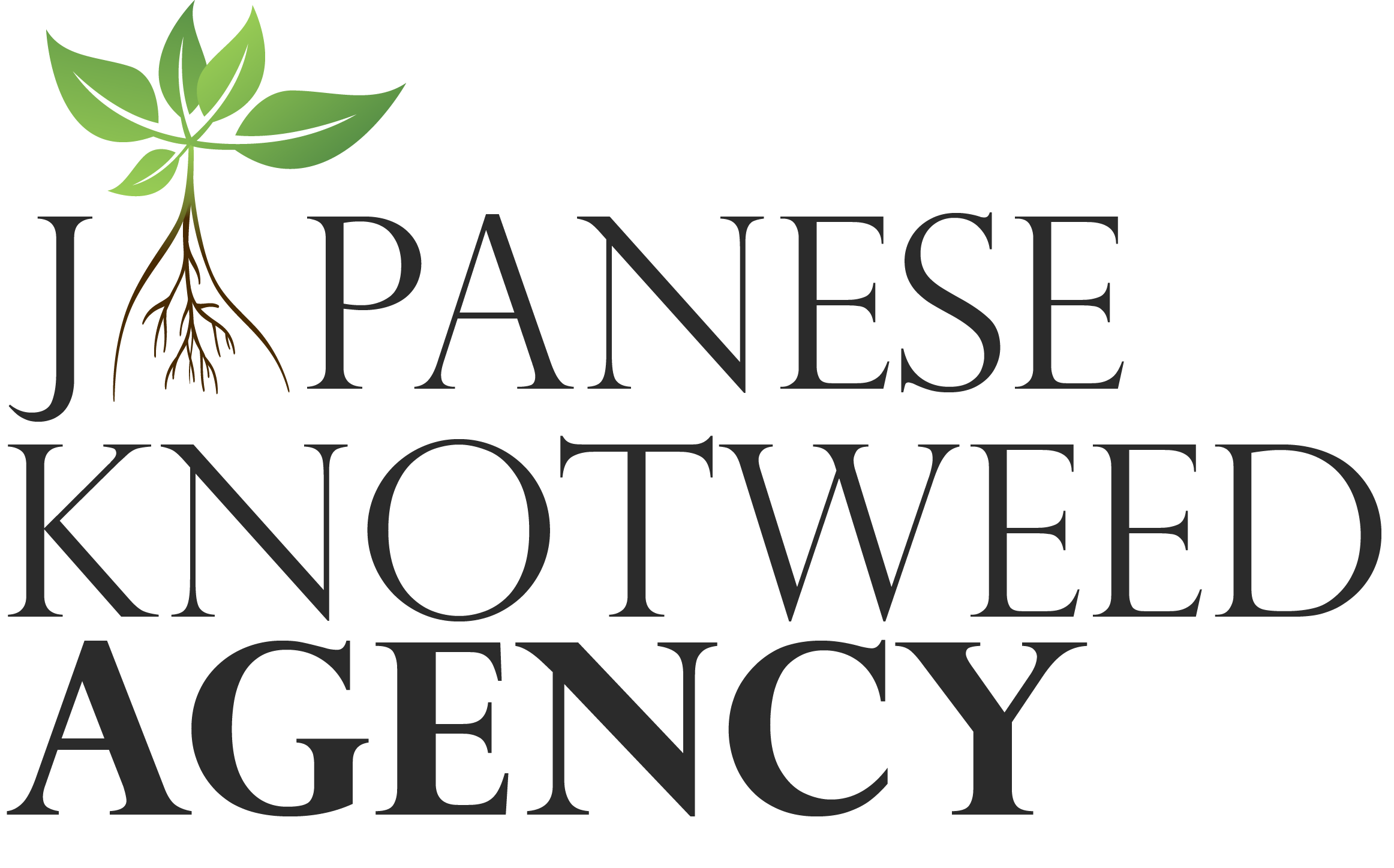We want you to know exactly how our service works and why we need your contact details. Please state that you have read and agreed to these terms and conditions before you continue.
Following the recent review of the EU Invasive Alien Species (IAS) Regulations, the Property Care Association (PCA) released a statement that 17 new species are being added to the list of ‘Species of Concern’ – 13 of which are plants (You can see the full list here).
This regulation contains species whose potential adverse effects across the European Union are such that concerted action across Europe is required to control them. The list is drawn up by the European Commission and managed with the Member States using risk assessments and scientific evidence. The regulation should not be confused with UK invasive alien species legislation. The GB Non-Native Species Secretariat (NNSS) has information on UK invasive alien species legislation here.
The IAS Regulation 2014 provides for three distinct types of measures to control ‘Species of concern’:
Prevention: measures aimed at preventing the introduction of IAS into the EU (e.g. restrictions on sale and supply via the horticultural trade).
Early detection and rapid eradication: Members must put in place a surveillance system designed for ‘early detection’ and take rapid eradication measures to prevent establishment.
Management: If already established, implement a management plan to prevent them spreading further and minimize the harm they cause, ecological or otherwise.
The PCA have reviewed the new plants considered “of concern” and have identified the following 3 plants, as most likely to enjoy the UK climate.
The Tree of Heaven
The Tree of Heaven (Ailanthus altissima) is already included in the PCA’s useful guide on the Practical Management of Invasive Non-Native Weeds.
Although it originates from East Asia, it arrived in the UK as a horticultural introduction in 1751. It’s prevalent in the south-east of England, especially Greater London and East Anglia. It’s mainly restricted to the urban environment where it forms thickets of inhibiting ground flora, both by shading and through the production of a toxic chemical that suppresses germination and growth of other plant species (so-called allelopathy). Roots and suckers can disrupt structures, pavements, drains and buildings, leading to it being coined “Tree of Hell”.
The Balloon Vine
The Balloon Vine (Cardiospermum grandiflorum) is a climbing shrub that is already classed as invasive in Australia, South Africa and Southern States of the USA. It was introduced around the world mainly as an ornamental plant. It escaped cultivation and became naturalised and invasive. Once established, it grows rapidly into the tops of trees, forms a thick curtain of stems, excluding light, and harbours pests and diseases. Weight contributes to canopy collapse and ecosystem destruction. C. grandiflorum is a declared noxious weed in Australia and South Africa, is reported as invasive in many other countries, and is likely to spread. This is something to look out for; there are no UK NBN records so far but one CABI record in France. It’s associated with drier climates/soils, so global warming might increase the likelihood of arrival here especially in frost-free areas.
Japanese Hop
Japanese hop (Humulus japonicus; Humulus scandens) hails from temperate-climate regions of Asia (China, Japan, Korea, Taiwan and the Russian Federation) and tropical Asia. It’s another plant already listed as invasive in North America. Like all ‘hops’ it is closely related to cannabis but unlike the common hop is absolutely no use for making beer at all (just in case you were wondering….).
Japanese hop can spread to cover large areas of open ground or low vegetation including understory shrubs and small trees. Many thousands of hop plants per acre may be produced, eventually blanketing the land and vegetation. The vines grow rapidly during the summer, climbing up and over everything in their path and can form dense mats several feet deep, blocking light to plants underneath. Hop vines also twine around shrubs and trees causing them to break or fall over. It is invasive in riparian and floodplain habitats where it displaces native vegetation prevents the emergence of new plants and kills newly planted trees installed for streamside habitat restoration. Hop can quickly cover small trees hiding them from view, preventing mowing and obstructing herbicide applications.
The government has recently confirmed that the Invasive Alien Species (Enforcement and Permitting) Order 2019 will bring EU legislation into UK law on 1 December 2019.
Lord Gardiner, the Biosecurity Minister said:
“Invasive non-native species not only challenge the survival of some of our rarest species but damage our natural ecosystems as well as costing the economy more than £1.7 billion per year.”
“The law requires management measures to be put in place and this consultation will ensure we consider the evidence on how best to manage these species of concern.”
The government say that the UK will continue to uphold international obligations and as a responsible partner nation working closely with other countries to protect our native wildlife and forestry landscapes for future generations to enjoy.
Here at Japanese Knotweed Ltd we survey, manage and control a wide range on non-native invasive species and keep track of changes to relative UK & EU law, monitoring how it may affect us and our clients.
Call us freephone 03335 777 888 or send us a message through our contact us page.


